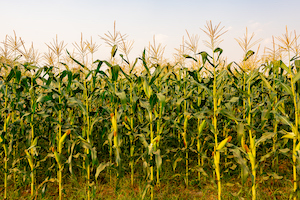When it comes to planting and harvesting corn, producers are likely to run into the stalk borer, a common pest that can be persistent at times. With this in mind, the experts at the Iowa State University (ISU) Extension and Outreach are now offering their tips for managing stalk borers and ensuring that they do not have a lasting impact on yields for corn producers.
Tracking degree days helps estimate when stalk borer larvae are going to move into corn fields. This is because foliar insecticide applications are only effective when larvae are migrating and actually exposed to the insecticide. Producers should make it a point to scout for larvae when temperatures have consistently reached 41 degrees Fahrenheit.
Female moths, in particular, like to lay their eggs in weedy areas in the August and September months. For this reason, managing weeds within the field can reduce the chances of females settling in the area. It’s also worth noting that stalk borers typically re-infest the same fields; therefore, it is essential to prioritize scouting those with a history of the pest.
While there is no rescue treatment for the stalk borer, tracking degree days and scouting the field regularly to identify larvae is effective for management. If an insecticide needs to be used, the application must be timed to reach exposed larvae before they burrow under the stalk. Producers should begin monitoring temperatures beginning in January.
For more information on maintaining corn fields during stalk borer season, visit the ISU Extension and Outreach website.
